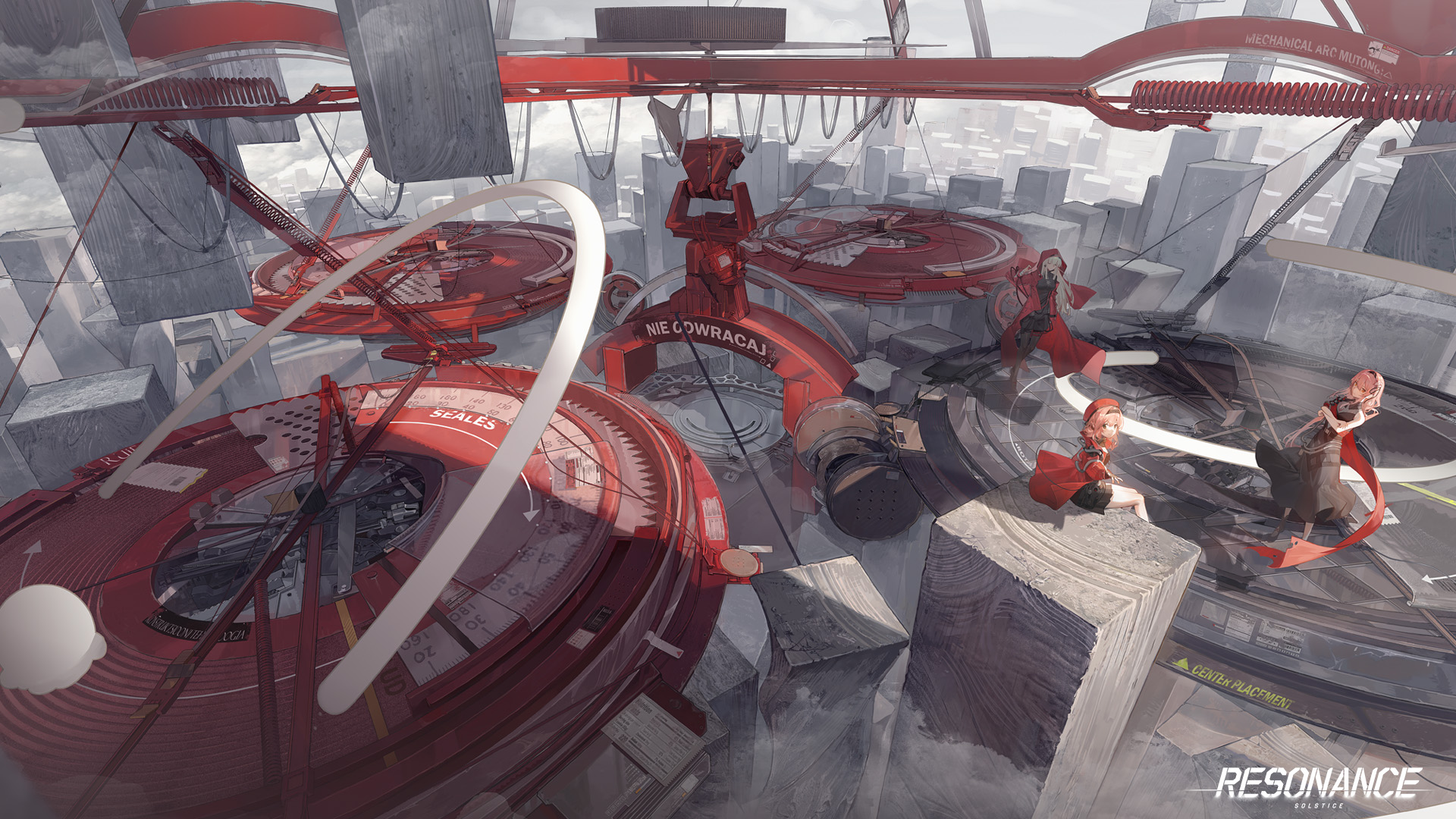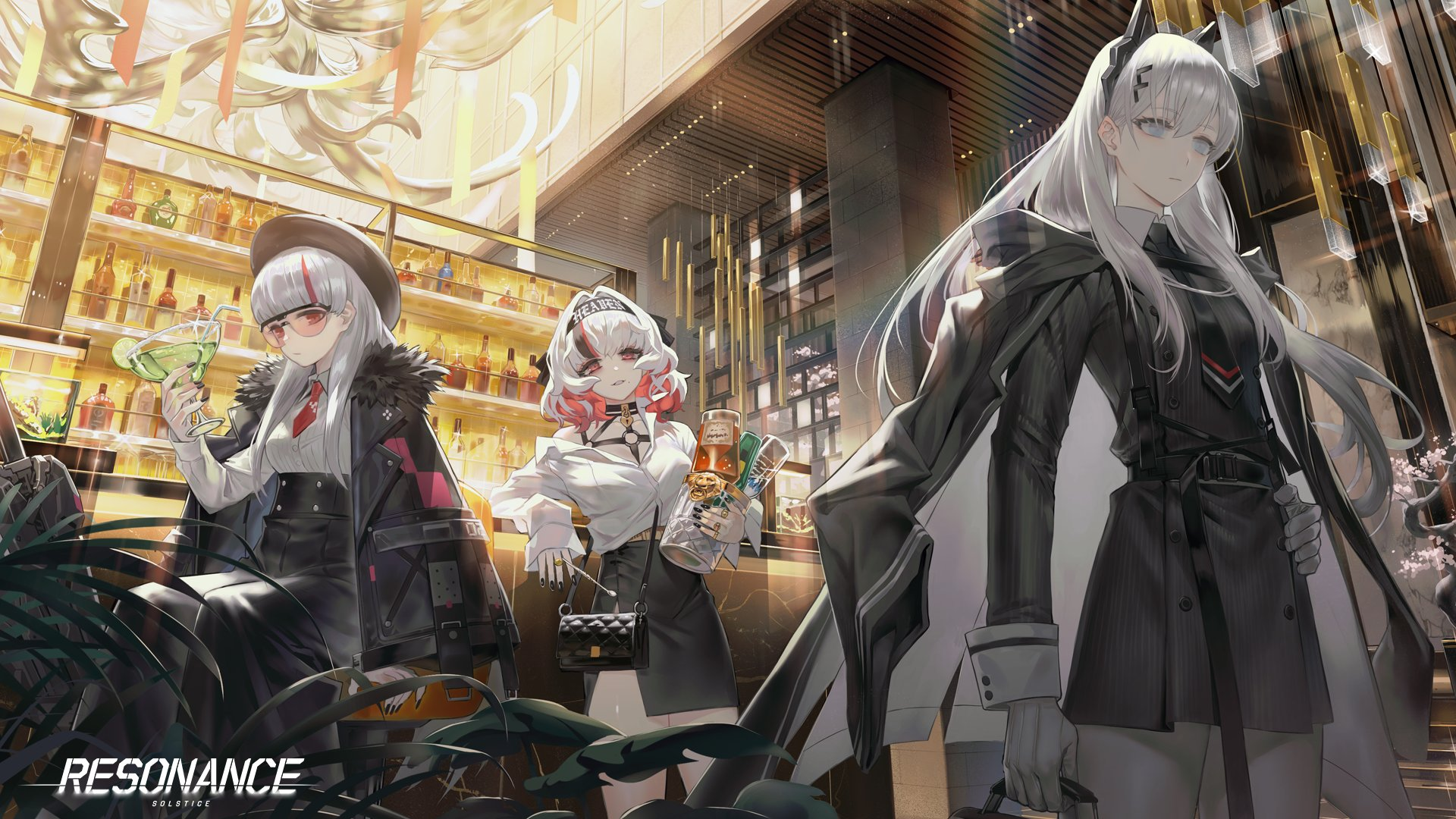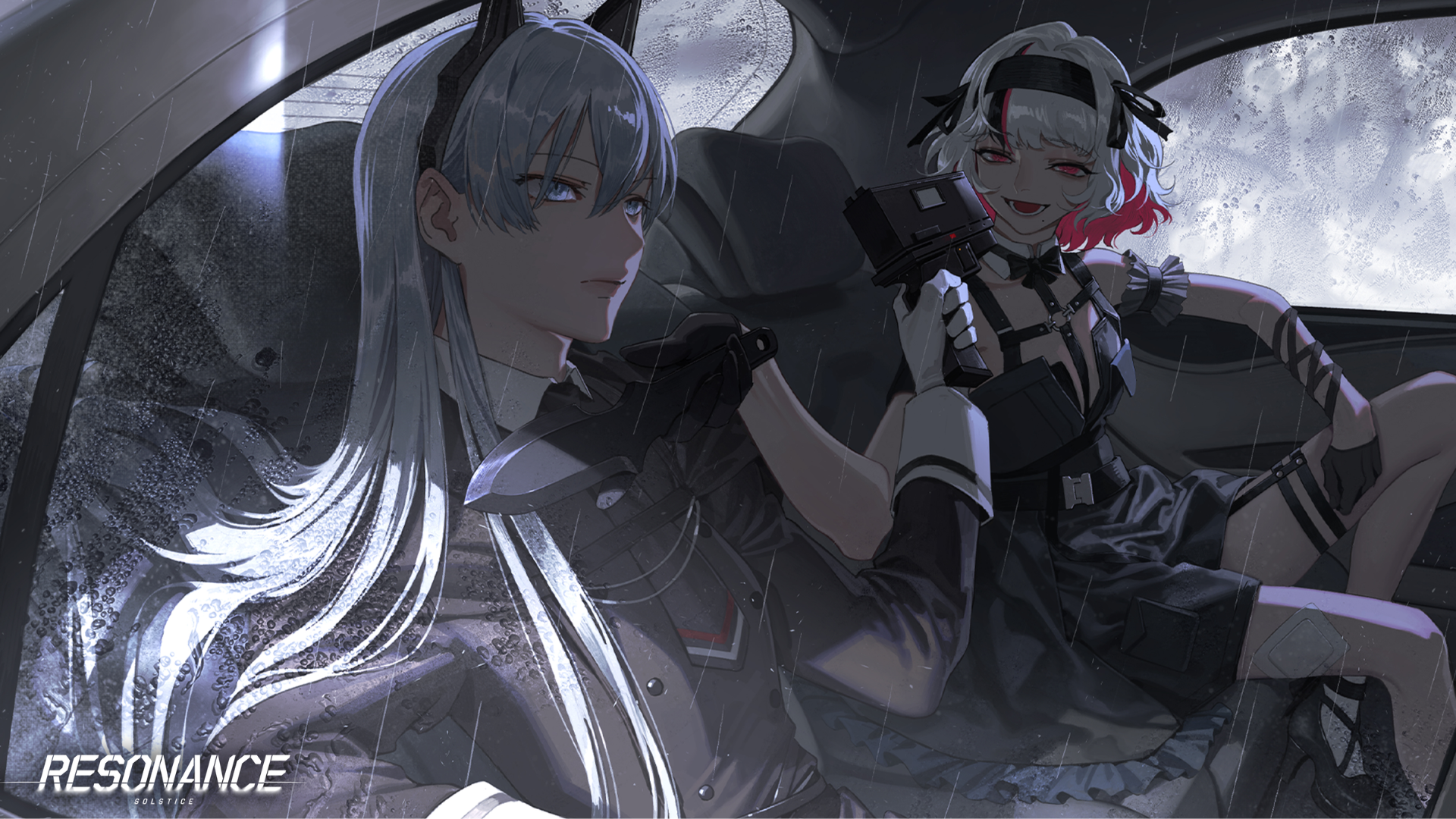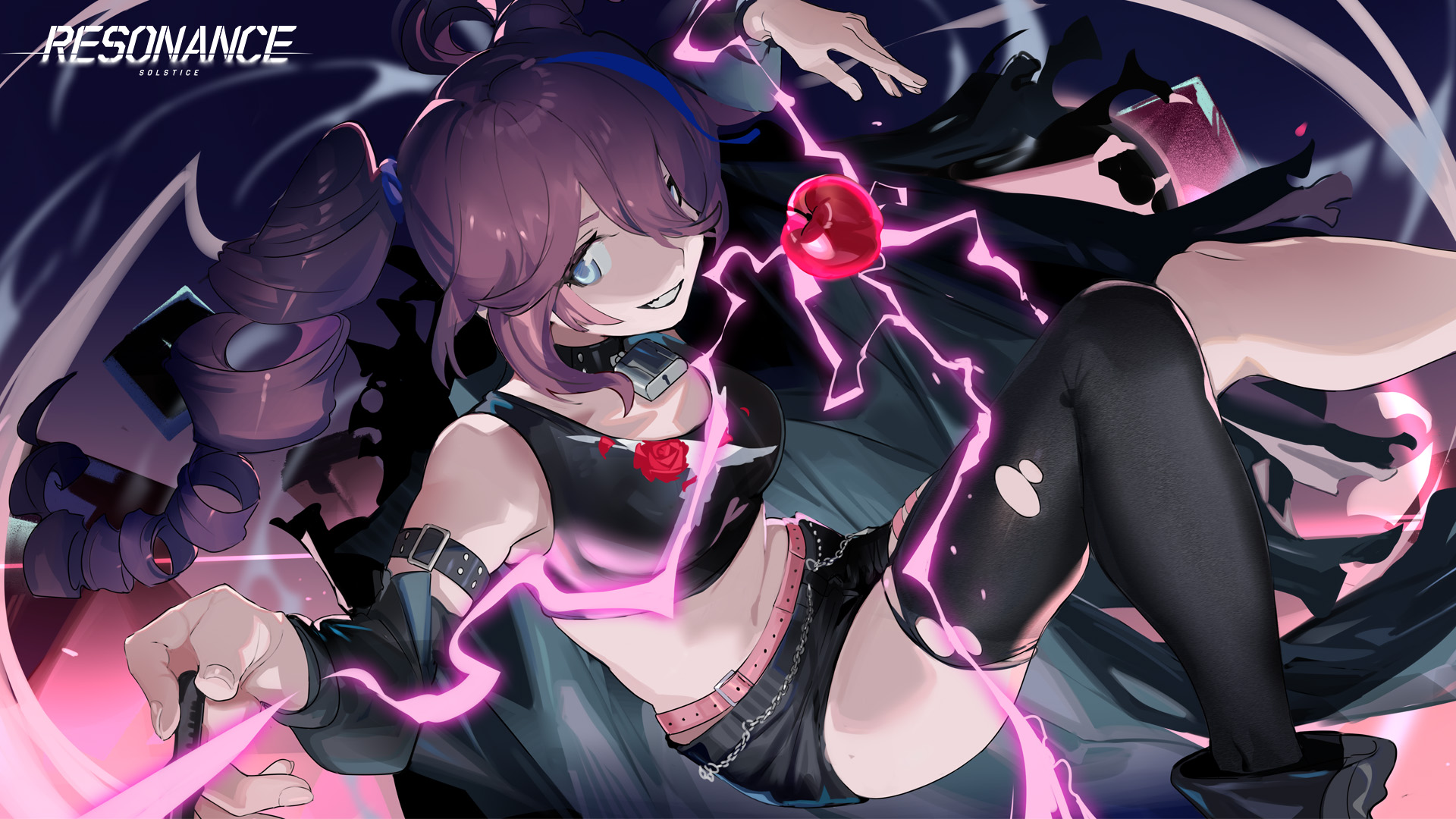Advanced Combat Strategies: How to Dominate Battles in Resonance Solstice
Resonance Solstice’s combat system is deeper than typical gacha titles, blending real-time card management with tactical decision-making. Every skill, placement, and resource choice matters, and mastering battles means balancing energy use, synergy, and timing.
Core Combat System Explained
The backbone of every battle lies in the resonance card system, where each hero draws skill cards randomly from their deck. These cards require energy points that regenerate over time. According to LDPlayer’s guide, winning battles comes from understanding when to use cards rather than simply stacking power (LDPlayer).
Key Combat Factors
- Energy Economy: Spend energy smartly by pairing low-cost skills with combo setups to keep the damage flowing.
- Manual Skill Timing: Auto attacks handle basic damage, but releasing skill cards at the correct intervals maximizes resonance combo efficiency.
- Hero Roles: Tanks absorb hits, attackers output damage, healers recover HP, and buffers control buffs or crowd effects (LDPlayer Line Up Guide).
Advanced Team Synergy
Effective teams revolve around synchronizing skill effects and resonance chains. Heroes are categorized into four combat archetypes: Attackers, Tanks, Healers, and Buffers.
| Role | Function | Example Units |
|---|---|---|
| Attacker | Deal consistent and burst damage | Ilona, Maruha |
| Tank | Absorb hits, shield allies | Tennie, Joshua |
| Healer | Sustain teams with recovery and cleanses | Suen, Ilona |
| Buffer | Enhance damage or card speed | Nayuta, Rina Von |
Advanced roster setups blend these roles into synergy-based rotations. UltimateGacha’s combat breakdown recommends picking a leader whose skill complements your strongest resonance combo, as leader abilities activate free of energy cost.
Card and Combo Strategies
Cards come in various colors corresponding to attack, defense, healing, and support effects. Advanced players should exploit color synergy during fights:
- Red → Yellow → Red: Boosts damage after applying buffs (ideal for boss phases)
- Green → Blue: Creates sustain loops with healing and shielding
- Purple → Red: Disables enemies and capitalizes with burst damage
Managing draw order matters. Deck manipulation units like Nayuta or Rina Von accelerate synergy through card cycling, ensuring important skills return faster than usual.
Chain Combos and Resonance Bursts
Chain Combos are triggered when multiple cards of the same color follow each other. Timing them builds Resonance Charge, enhancing subsequent skill potency. For instance:
- Use three consecutive red skills to activate a Damage Surge (x1.5 multiplier).
- Follow this immediately with a leader ultimate for devastating area-wide results.
Resonance Bursts are area attacks unleashed after accumulating enough resonance energy. According to Reddit gameplay showcases, stacking Resonance Charges while keeping tanks on defense yields extended survivability during late-stage battles (Reddit).
Positioning and Target Prioritization
Strategic targeting plays a major role. Always eliminate energy drainers or debuffing enemies first; leave tanks for last. Keep defensive heroes in front slots to intercept damage, and rotate when shields fall below 30%.
Expert Target Tips
- AOE heroes (Ilona, Yer) should focus on groups of smaller mobs.
- ST DPS (Maruha, Nayuta) excel against elite and boss-type foes.
- Control cards (Purple and Black types) should interrupt healers or high-DPS enemies early.
Energy and Cooldown Management
Energy regeneration defines your pacing in Resonance Solstice’s real-time battles. Avoid spamming skills immediately; wait for debuff or weakness moments for optimal effect. Efficient cooldown cycling ensures that key ultimates align with boss enrage windows.
- Keep a 2-energy buffer for emergencies like mass heals or shields
- Never cap out your energy pool; overflow wastes regeneration potential
- Time chain activations between cooldown resets for rhythm-based combat flow
Leader Skill Optimization
Your leader skill activates under special card conditions and doesn’t consume energy, allowing mid-battle flexibility. Leaders like Joshua provide teamwide barriers, while offensive leaders amplify resonance combo damage. Choose based on your preferred playstyle.
Pro Setup Example:
- Leader: Joshua (Defense)
- Maruha (Burst DPS)
- Tennie (Tank)
- Ilona (Sustain Healer)
- Nayuta (Buff/Draw Accelerator)
This setup balances offensive tempo with defensive protection, perfect for most PvE encounters.
Mastering Late-Game Combat
At advanced stages, Morphic Enemies possess adaptive AI that learns your card rhythm. To counter this:
- Vary skill order: Prevent predictable rotations that allow AI counterplay
- Exploit elemental weaknesses: Match resonance elements against enemy regions for massive multipliers
- React to time-based mechanics: Bosses often enter vulnerable states; hold ultimates until then
Veteran players also use manual-target switching to focus weak points, conserving energy for phase transitions rather than dealing flat damage early.
Final Thoughts
Winning in Resonance Solstice is about rhythm and awareness, balancing the pace of energy use, chaining colorful skill combinations, and choosing leaders that create synergy instead of raw power stacking.
For even deeper strategy discussions and combat analytics, follow LDPlayer’s guides, UltimateGacha, and the Resonance Solstice official site.



